Popliteus muscle
What is the Popliteus muscle?
The popliteus muscle is a small, triangular muscle located at the back of the knee joint. It originates from the lateral condyle of the femur (thigh bone) and the posterior horn of the lateral meniscus, and inserts onto the posterior surface of the tibia (shin bone).
The floor of the popliteal fossa is a small muscle called the popliteus muscle. Along with the tibialis posterior, flexor digitorum longus, and flexor hallucis longus, it is a member of the deep posterior leg muscles.
The knee joint’s posterior aspect is covered by the popliteus muscle. It inserts on the proximal tibia and comes from the femur and the posterior horn of the lateral meniscus.
By initiating flexion of the fully extended (locked) knee, the popliteus muscle assumes a significant role in the gait cycle. Hence, the popliteus is regarded as the way to open the knee. Additionally, the primary stabilizer of the dorsal knee region is the popliteus muscle.
Origin of Popliteus muscle
The muscle fibers begin from the lateral condyle of the femur and the posterior horn of the lateral meniscus, through a solid ligament called the popliteus ligament. Additionally, cadaveric dissections have displayed fibers that originate from the styloid portion of the fibular head and then arrive obliquely with the primary muscular structure.
It then moves inferiorly and medially in the direction of the Tibia from there. It is the deepest muscle in the posterior knee region and runs diagonally across the upper tibia and a portion of the joint capsule. The popliteal ligament penetrates the joint capsule yet doesn’t enter the synovium. The popliteus tendon runs underneath the biceps femoris tendon and the lateral collateral ligament (LCL).
It is separated from the lateral femoral condyle by the popliteal bursa, which typically extends from the synovial membrane. However the popliteus muscle has extra-articular areas, it is a capsular development detaching the lateral meniscus of the knee from the lateral collateral ligament. An extra head of popliteus may emerge from the sesamoid bone in the parallel top of the gastrocnemius muscle. Seldom an extra inconstant muscle called the popliteus minor is seen which emerges from the femur on the internal side of the plantaris muscle and inserts into the posterior ligament of the knee joint.
Although it is extra-articular and extra-synovial, the popliteus muscle is intra-capsular.
Insertion
It inserts on the tibia only proximal to the soleal line however beneath the tibial condyles.
Relations
The popliteus muscle forms the popliteal fossa’s floor deep within it. The popliteus ligament emerges inside the capsule of the knee joint, subsequently, it is intracapsular. The arcuate popliteal ligament, the fibular collateral ligament, and the biceps femoris tendon cross the popliteus tendon on its posterior aspect.
The popliteus muscle’s bulk takes the place of the popliteus ligament after it passes under the arcuate tendon. An investing fascia that is reinforced by a dense aponeurotic expansion, largely derived from the tendon of the semimembranosus muscle, covers the popliteus muscle in the posterior region. The gastrocnemius, plantaris, tibial nerve, and popliteal artery and vein are located posterior to the investing fascia of the popliteus.
Innervation
The tibial nerve (L4-S1), a sciatic nerve branch, supplies the popliteus muscle with nerves.
Blood supply
The popliteus primarily receives blood supply from the inferior medial and lateral genicular courses of the popliteal artery. It also receives smaller contributions from the nutrient artery of the tibia, the posterior tibial recurrent artery, and the proximal portion of the posterior tibial artery.
Function of Popliteus muscle
The popliteus muscle’s function as a knee flexor is minimal, despite its anatomical classification. However, flexion of the fully extended (locked) knee is primarily initiated by the popliteus muscle. Therefore, the popliteus is referred to as the key to unlocking the knee, requiring it for standing, walking, and sitting.
There are two types of actions that the popliteus muscle can perform: femur rotation to the lateral or tibia rotation to the medial These activities are directed by the period of the stride cycle:
During the closed chain period of the gait cycle, the foot is in touch with the ground. The tibia is horizontally turned (around 5) on the femur, which locks the knee joint. The popliteus muscle acts on its origin and laterally rotates the femur on the tibia while the tibia is fixed in place. The knee is freed up by this motion, allowing for flexion.
During the open chain (swing) phase of the gait cycle, the tibia is free to move. The foot is above the ground at this point. Thusly, the popliteus muscle can follow up on its inclusion to turn the tibia on the femur medially. During knee flexion, this action provides the tibia with stability.
Through its associations with the posterior joint capsule and popliteofibular tendon, the popliteus muscle is also the primary stabilizer of the dorsal knee region. In addition, during knee flexion and femoral lateral turn, the popliteus muscle pulls the same meniscus dorsally, effectively controlling its ensnarement (entrapment).
Clinical relevance
It frequently plays a role in knee injuries to the posterolateral (PCL) corner that results from –
varus force applied to a flexed knee.
a direct hit to the knee, from the medial to the lateral side.
knee dislocation due to hyperextension and varus (from both contact and non-contact injuries).
Anything the component of injury to the PCL corner (from the over), a critical assessment of the patient’s neurovascular status of the limb is performed. On account of knee separation, vascular status is surveyed followed by closed reduction of the knee joint which is of course followed by evaluating the vascular status.
In addition to trauma, poor posture, and movement patterns frequently put a lot of stress on the popliteus muscle, making it more likely to become weak and hurt. This muscle is frequently injured by accident, which can result in a poor functional prognosis. Because of this, it is important to treat it, especially after knee reconstruction surgery. Physical more modest knees likewise need additional consideration as the risk of popliteal injury is raised.
Popliteal tendinopathy can likewise happen as a posterolateral knee ache. However, due to the proximity of other more prevalent causes of knee pain, it may be challenging to isolate it. As this muscle inhibits extreme tibial turn alongside controlling critical anterior interpretation of the knee, it very well may be pathologically overcome optional to extreme running or running downhill and subsequently such exercises ought to have stayed away from or changed to run on level surfaces like a treadmill.
If the lateral hamstrings are more grounded than the inner (medial) hamstrings, the popliteus muscle will be more fragile. The popliteus will be strained in the opposite direction when walking or running due to excessive pronation or inner foot collapse.
Multiple EMG studies have demonstrated that downhill walking and knee extension increase popliteus muscle activity, confirming its role in controlling knee joint hyperextension.
The referred ache design on account of the trigger point of the popliteus muscle is the back of the knee.
Assessment
Although popliteus muscle injuries on their own are uncommon, they can occur in conjunction with other knee injuries like meniscus and ACL injuries.
Swelling, tenderness, edema, and bleeding are all signs of a muscle injury, as is the patient maintaining lateral rotation of the tibia during knee flexion.
To rule out injury to the popliteus muscle, the following should be checked.
Tenderness – As numerous neurovascular structures lie over it, just terminal parts of the popliteus muscle can be touched. In a prone position, look for tenderness in the proximal tendon. Tenderness in the posterolateral knee could be a sign of a biceps femoris strain or a lateral meniscus injury.
Garrick test-Pt is in a high sitting situation with hip and knee flexed at 90 degrees. The lower leg’s external rotation is stopped by applying resistance. Ache during this move is viewed as a positive test
Shoe removal maneuver – The patient attempts to take off the contralateral shoe by internally rotating the impacted leg to arrive at the impact point of the contrary leg. The popliteus muscle has been injured, as indicated by pain during this maneuver.
In the stance phase, the femur over the fixed tibia is stabilized by the popliteus muscle and the PCL (posterior cruciate ligament), especially when additional stability is required for activities like running downhill. Therefore, hyper pronation while running downhill, particularly on a banked surface, can result in popliteus muscle injuries such as tenosynovitis, tendinopathy, rupture, and strain.
Popliteus muscle stretching
Supine Hamstring Stretch
With both knees bent and your feet planted, lie on your back on the floor or an exercise mat.
Hold onto the back of your thigh with both hands as you bring your right knee closer to your chest.
As you gently pull the leg toward your head, extend it to the ceiling.
Continue on the opposite side after holding for 30 to 50 seconds.

Heel Cord Stretch
The suspect needs to Stand confronting a wall or face toward the wall.
Bend your knee slightly while putting your good leg in front.
Place the damaging leg straight behind you with the heel level and the toes pointed shortly.
Press your hip complex forward and toward the wall while keeping your heels flat on the base.
Keep holding for 20-30 seconds.
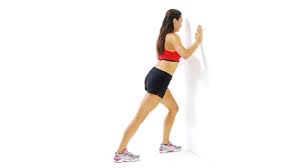
Popliteus muscle strengthening
Leg Extensions
Maintain a straight spine as you sit in a firm chair in the corner.
Fix the right half of the leg and squeeze the muscles of your thigh as you raise the leg as high as possible.
Keep the raised leg raised for about five to ten seconds.
Told the to patient loosen up the leg and lower back toward the floor.
Ten to fifteen times done; perform the opposite way.

Hamstring Curls
Standing behind the back of a seat. Hold on for support through the hands.
Twist the right half of the knee behind you and raise the heel toward the roof quite far. If you are in pain, stop.
Between five and ten seconds, hold. Ten to fifteen times done. Perform with the opposite leg.
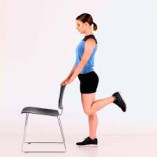
Calf Raises
Standing with your back to the chair’s back; hold on for equilibrium.
Divide your weight equally over the two feet.
Place all of your weight on your right foot while bending your left knee behind you.
Raise the right half of the heel as high as possible and afterward lower it gradually.
Count ten times.

FAQ
How does an injury to the popliteus muscle feel?
When walking, climbing stairs, or running, popliteus tendinopathy patients typically experience pain in the back or outside of the knee. A popping sensation can occur when the knee moves. What’s more, the knee can be delicate to contact at the back and the outside.
How can popliteus pain be treated?
The treatment for popliteus tendinopathy incorporates rest, ice application, rise, a flexible wrap, exercise-based therapy, and a nonsteroidal anti-inflammatory drug for aches, like headache medicine or ibuprofen. Oral corticosteroids or corticosteroid injections may be additional treatments for popliteus tendinopathy.
What amount of time does Popliteus require to recover?
Isolated Popliteus Injuries The majority of these injuries heal without causing any additional issues or problems. After completing a functional assessment, the patient can resume full physical activity without restriction. Recovery time can last anywhere from three to sixteen weeks.
How long does a popliteus sprain take to heal?
Treatment for Popliteus Strain and/or Tendinopathy Patients should avoid sports for at least six weeks and not run or ski until the knee is pain-free. Play can begin gradually once you are pain-free.
Might you massage Popliteus?
You will need a ball to massage the Popliteus. Place your legs out in front of you straight as you sit on the floor. Place the ball around two fingers underneath the rear of your knee, returning your hands behind you for help. On the ball, slightly press down.

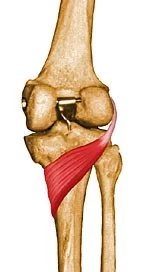

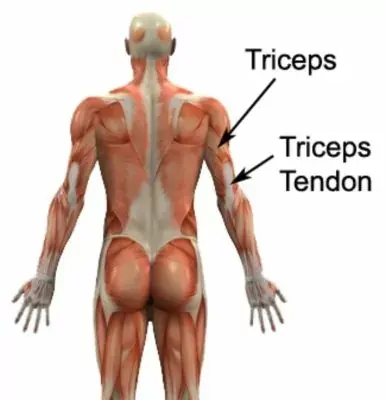
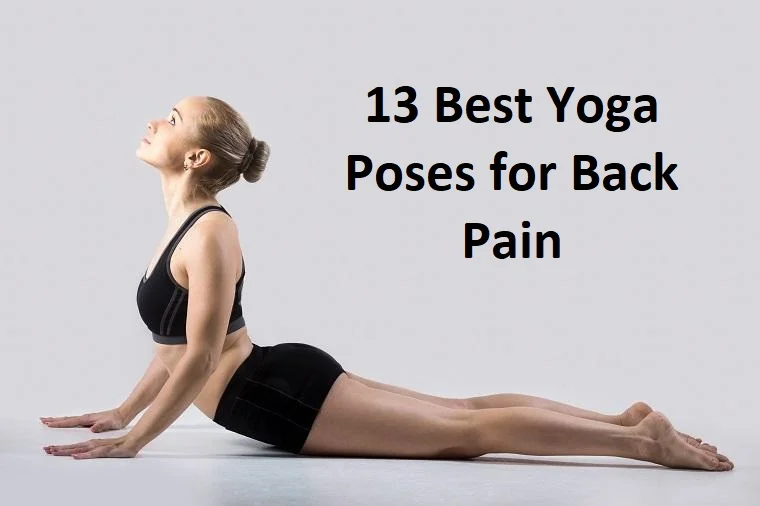
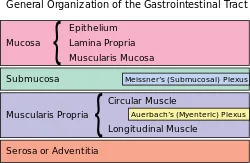
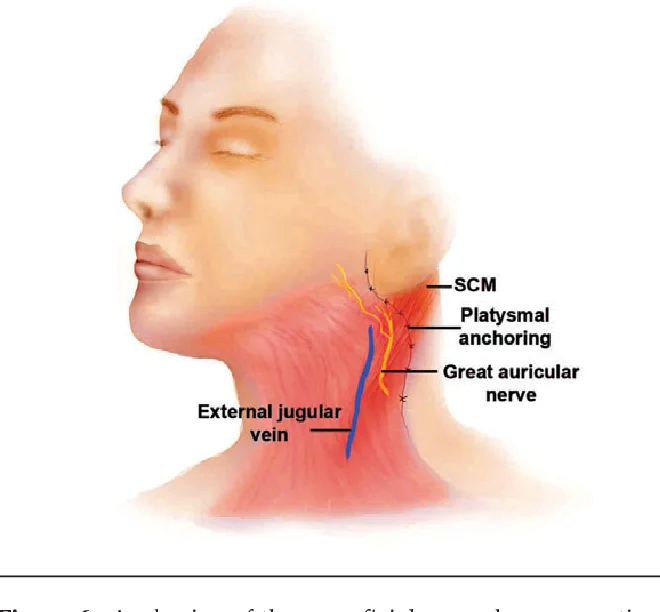
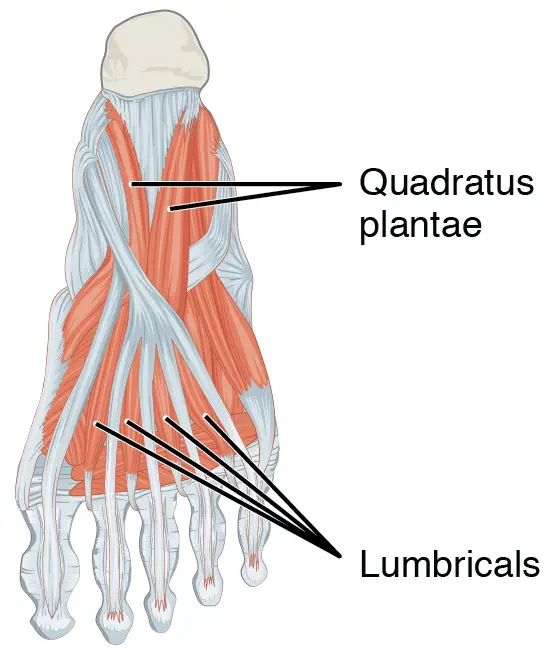
3 Comments